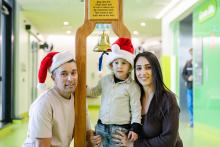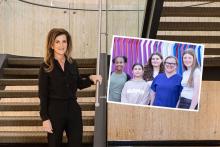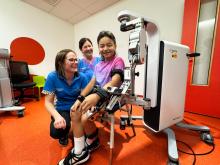During National Science Week, we celebrate two Perth-based foundations that are shaping the future of health care through ground breaking research.

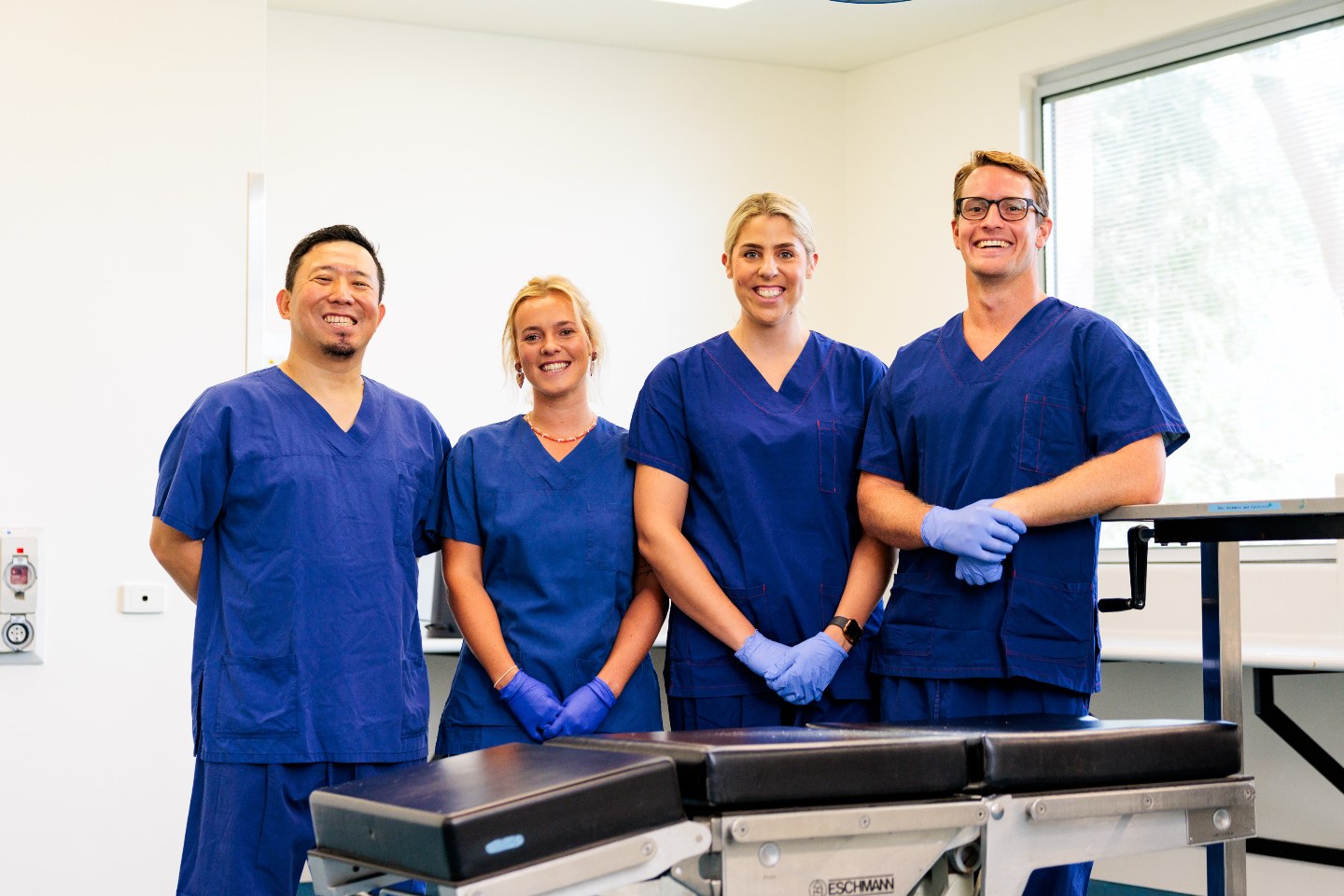
During National Science Week, we shine light on two Perth-based foundations that are shaping the future of health care through ground breaking research.
National Science Week celebrates science, technology and innovation from August 9 to 17 and often focuses on Australia’s large and well-funded research institutes, however smaller organisations are having just as significant an impact on global science.
The Women and Infants Research Foundation is developing major solutions to maternal and infant health issues, with its world-first innovations improving neonatal care not only in Australia but worldwide.
Established nearly 50 years ago, WIRF has become one of Australia’s leading independent medical research organisations, driven by a singular mission: to conduct, enable, and promote high-quality research that improves the health of women and babies.
Addressing pre-term birth is a significant area of WIRF’s work, as the single largest cause of death and disability in children under five across the developed world.
Each year, 13.4 million babies are born prematurely, with many facing serious lifelong challenges including cerebral palsy, chronic lung disease, and developmental delays.
"One in every 12 babies in Australia is born too soon. Among Aboriginal communities, that number is nearly double." WIRF chief scientist Professor Matt Kemp
WIRF’s landmark achievement is its WA Preterm Birth Prevention Initiative, which has been celebrated as an international success story.
A collaborative effort between clinicians, researchers and policymakers, the program reduced preterm birth rates in WA by 8 per cent and its subsequent national expansion in collaboration with the Australian Preterm Birth Prevention Alliance achieved an 11 per cent reduction across the country.
The initiative’s effectiveness lies in a suite of evidence-based strategies, which include improved screening, progesterone therapy, and comprehensive education programs for both health professionals and expectant mothers.
The WA Preterm Birth Prevention Initiative is a compelling example of how local research can drive major public health outcomes when science meets strategic implementation, and National Science Week presents an opportunity to celebrate the impact of this innovative research.
WIRF chief scientist Professor Matt Kemp said the success of the initiative was only just starting.
“One in every 12 babies in Australia is born too soon. Among Aboriginal communities, that number is nearly double,” Professor Kemp said.
“Despite our progress, preterm birth remains the leading cause of death and disability among children under five.”

WIRF chief scientist Matt Kemp.
This stark reality is what drove WIRF’s most ambitious project to date: the Artificial Placenta Project.
This world-first initiative delivered the technology to support extremely premature babies in a womb-like, fluid-filled environment that mimics natural development.
Bridging the gap between the womb and traditional neonatal intensive care, this technology aims to reduce complications like brain injury, lung damage and infections and could reshape the survival curve for babies born before 28 weeks’ gestation.
In tandem with this, WIRF is leading global efforts to refine antenatal steroid therapy, which is a critical treatment used to promote lung development in babies at risk of preterm birth.
While this therapy has long been a staple of neonatal care, WIRF researchers are now honing in on precision, which involves optimising timing, dosage, and frequency to ensure maximum benefit while reducing risks.
Their innovative work includes the development of a transdermal patch, which offers a less invasive and potentially more effective delivery method for antenatal steroids compared to traditional injections.
These research programs have also advanced a broader effort to develop minimally invasive diagnostic tools, including a new blood test that could help clinicians detect serious pregnancy complications, such as intra-uterine infection and preeclampsia, before symptoms appear.
WIRF is also developing an early warning test for fetal hypoxia, which occurs when oxygen delivery to the fetus is compromised.
This would enable faster identification of at-risk babies and the timely delivery of brain-protective interventions.
In a world where investment in research is often directed to larger institutions, WIRF is a compelling reminder of the impact a nimble, independent foundation can have.
Its track record demonstrates how small, focused organisations can not only generate high-impact discoveries but also translate them into real-world healthcare improvements, ultimately saving lives and reducing long-term healthcare costs.
For more information about WIRF or to support the foundation’s ongoing work, visit www.wirf.com.au
Leukaemia treatment breakthrough
Cancer researchers at Perth Children’s Hospital have uncovered a promising new approach to treating children with high-risk leukaemia by combining standard chemotherapy with a bone-strengthening drug already used safely in young patients.
The study, which was part-funded by Perth Children’s Hospital Foundation, was published in the internationally respected Blood Cancer Journal and builds on earlier work showing the benefits of zoledronic acid (ZA) in protecting the bones of children with the most common form of childhood cancer, B-cell acute lymphoblastic leukaemia (B-ALL).
B-ALL starts in the bone marrow, the soft, spongy tissue inside bones where blood cells are made.
At diagnosis, more than a third of children experience bone pain, and many go on to experience bone loss or fractures during treatment. One reason for the damage is due to the activity of bone cells called osteoclasts.
ZA is already used to treat bone conditions including osteoporosis and to prevent fractures in adults with cancers, such as multiple myeloma and prostate cancer, and the medication is given via injection and works by reducing bone breakdown.
"As the specialist children’s charity at PCH, PCHF is committed to supporting WA researchers in developing smarter, more targeted therapies, so we can help more WA kids not only get well but stay well." PCHF CEO Carrick Robinson
Led by Associate Professor and PCH Clinical Trials Subcommittee chair Laurence Cheung, WA researchers from the Child and Adolescent Health Services (CAHS) and The Kids Research Institute Australia used advanced imaging to demonstrate that ZA not only reduced the number of osteoclasts but also helped reverse bone damage caused by B-ALL in preclinical models.
“By keeping the bone environment healthier, we’re not just protecting bone strength,” Associate Professor Cheung said.
“We’re also seeing signs that ZA, when added to standard chemotherapy, appears to help reverse the bone damage and may even boost overall treatment effectiveness.”

Associate Professor Laurence Cheung leads the team of cancer researchers exploring high-risk leukaemia treatment.
Maddy Foy’s family is one of many that this research offers significant hope for.
Maddy was just seven years old when she was diagnosed with B-cell acute lymphoblastic leukaemia and during her treatment, she developed two spinal fractures and lost the ability to walk for nearly 18 months.
Maddy is now 13 years old and in remission. Her mother Lauren said she hoped the PCH’s research will help other kids have an easier path.
“It’s incredible that this research has been done,” Ms Foy said.
“It means recovery will be easier, and kids can get back to being kids, even during treatment.”
The study also sheds light on the bone marrow microenvironment, which is the immediate surroundings of leukaemia cells.
“We’ve traditionally focused on targeting cancer cells directly,” Associate Professor Cheung said.
“But we’re now learning that the neighbouring cells can act like ‘partners in crime’, helping the cancer cells to act more aggressively and survive and resist treatment.”
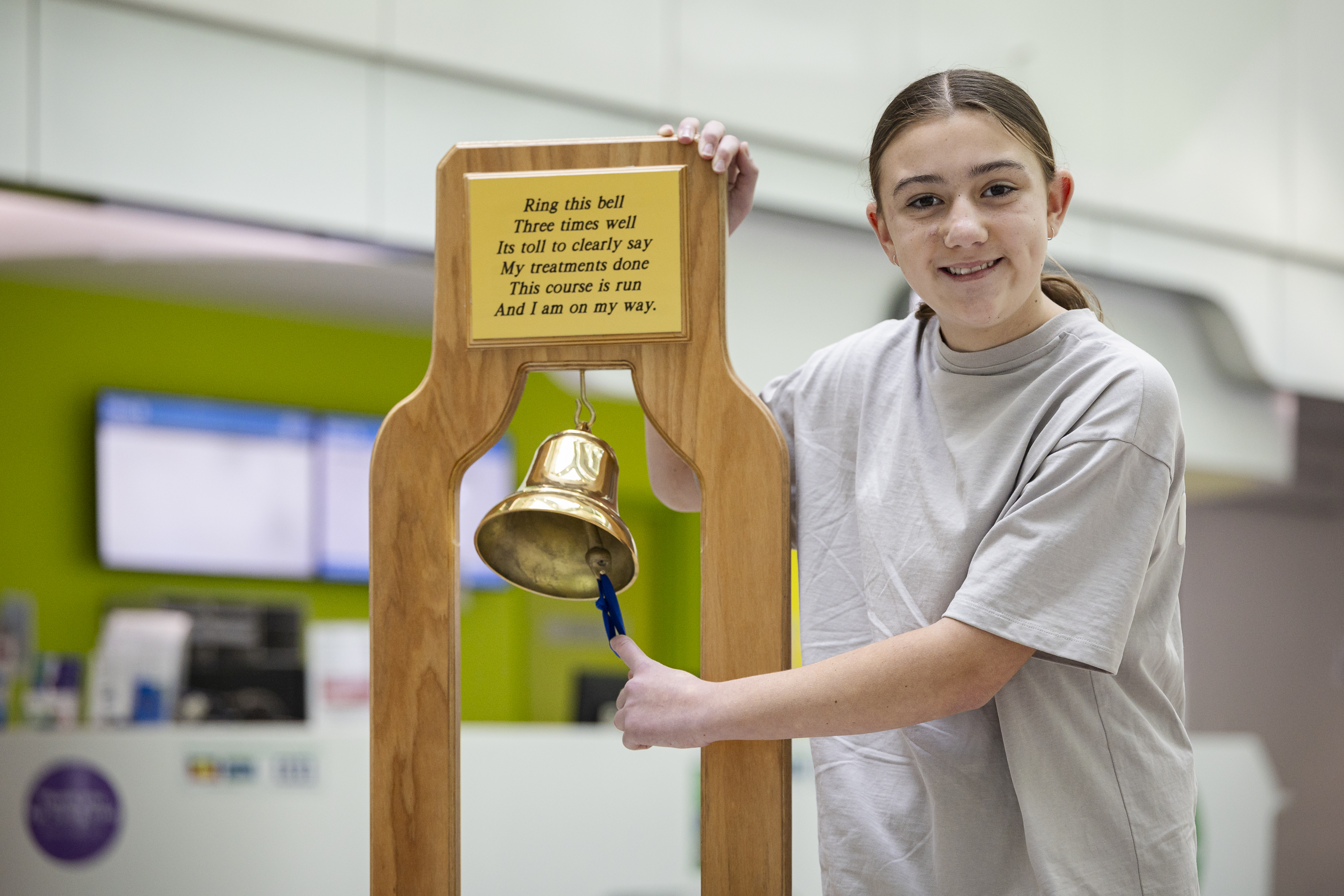
Maddy's journey back to health was marred by spinal fractures; something the findings of the research could help with.
The research team now hopes to launch clinical trials to further test ZA as part of treatment plan for children with B-ALL, and they are also aiming to investigate how other cells in the bone marrow might be targeted in future therapies.
PCHF chief executive Carrick Robinson said current chemotherapy drugs were highly toxic, meaning children often endured painful side effects and long-term complications from their treatment.
“That’s why, as the specialist children’s charity at PCH, PCHF is committed to supporting WA researchers in developing smarter, more targeted therapies, so we can help more WA kids not only get well but stay well,” Mr Robinson said.
Associate Professor Cheung added that it was exciting to have the research team’s work recognised on an international stage.
“There’s still so much to learn about childhood leukaemia, which is why we’re so grateful to funders such as PCHF for their support and hope to continue working together to push this research even further.”
To support more ground breaking research like this, visit pchf.org.au/donate-today/
As we celebrate National Science Week, it is worth remembering that some of the most important science is being carried out in our own backyard in Western Australia.






